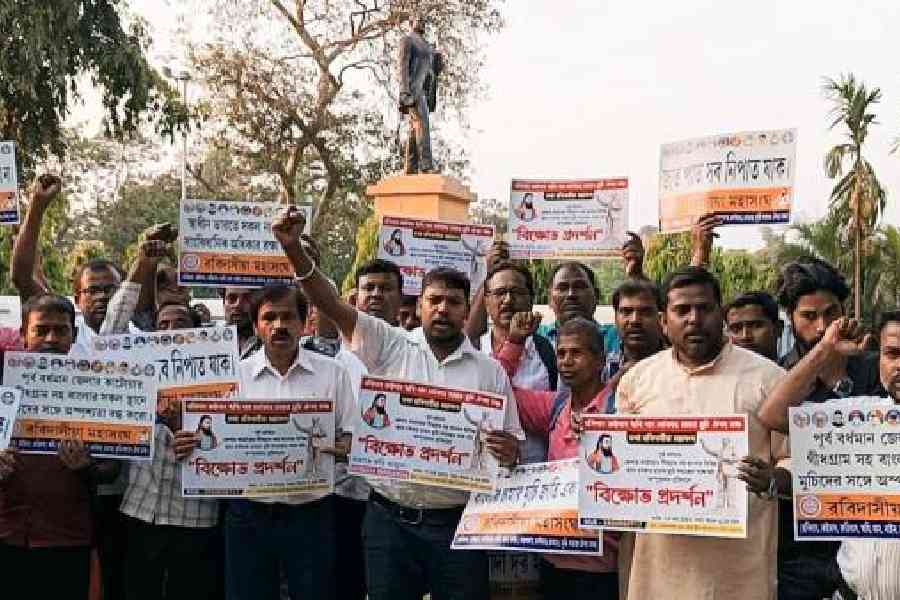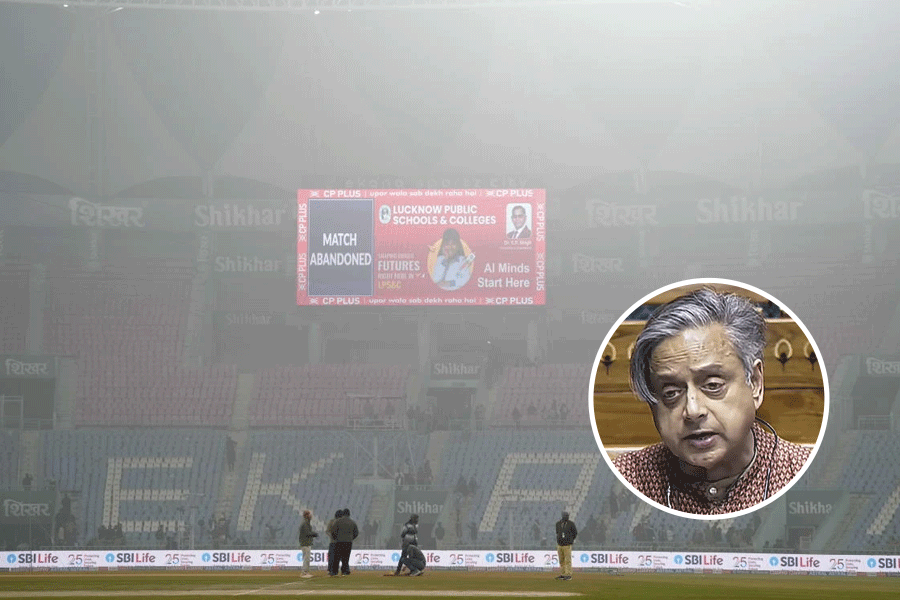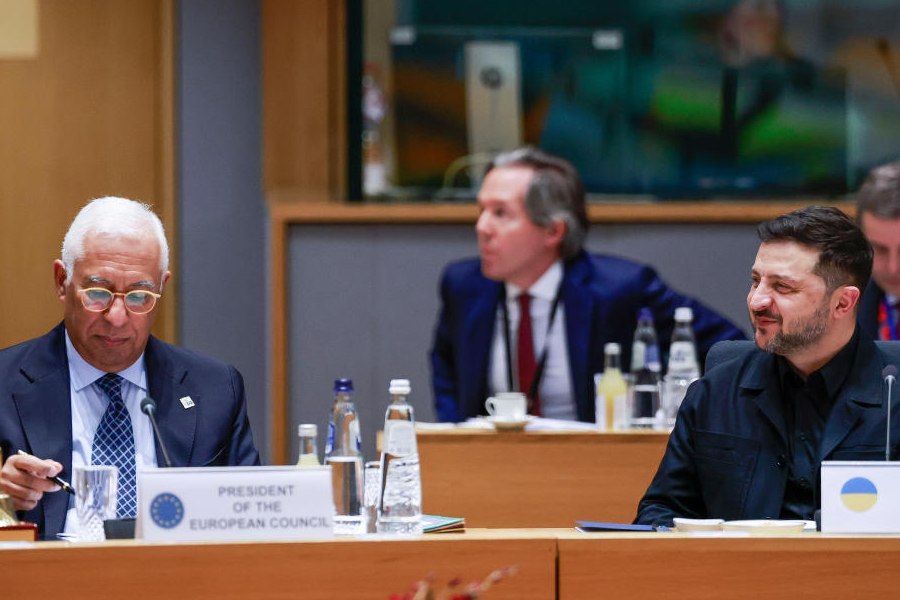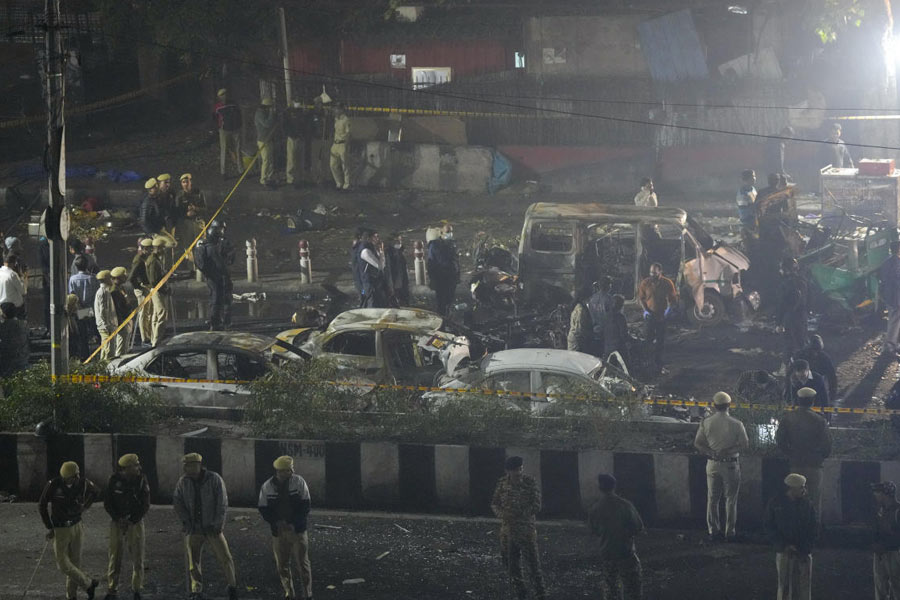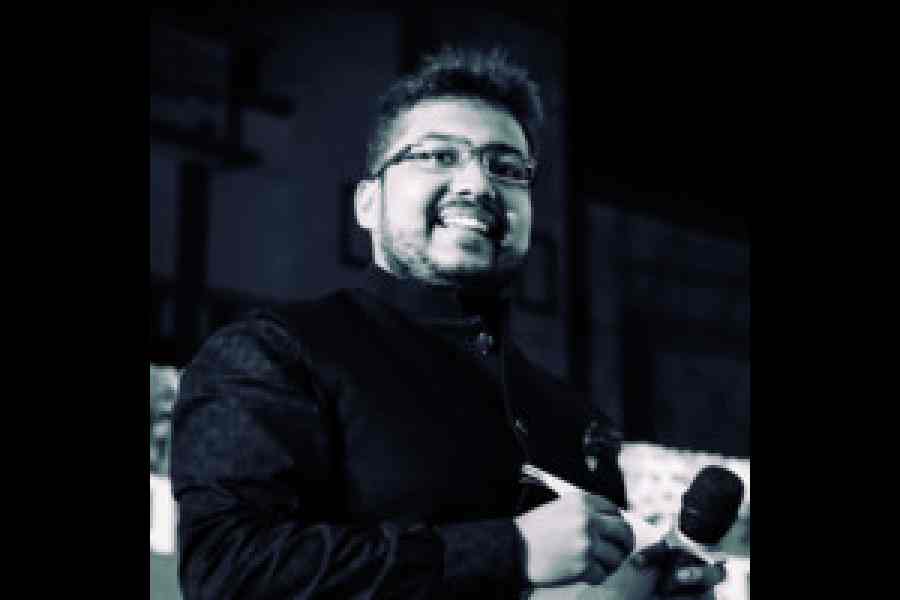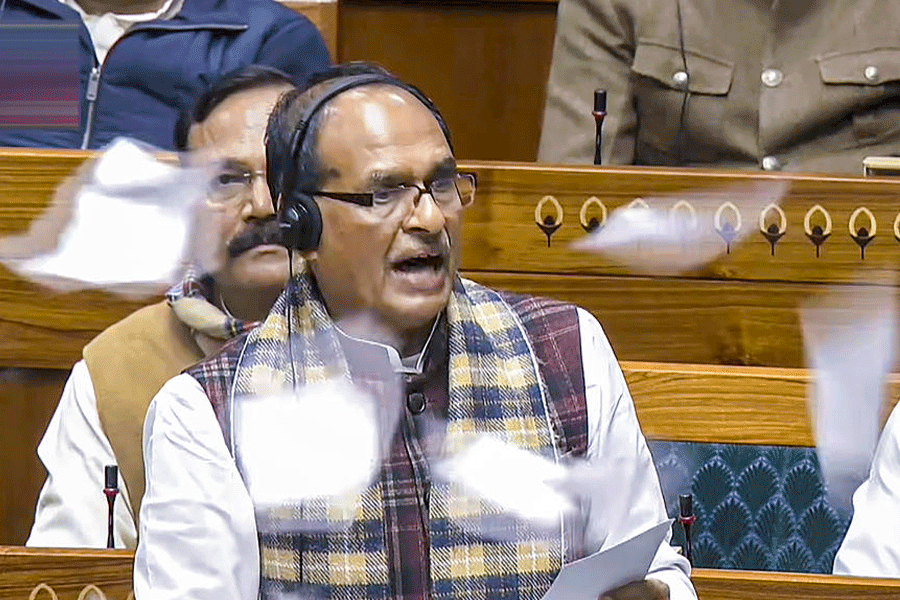Members of the Dalit muchi (cobbler) community of Gidhgram in East Burdwan’s Katwa I block, fighting for their right to enter a local Shiv temple, are now allegedly facing a retributive social boycott by the so-called upper castes.
Since the 130 Dalit Das families united to challenge an archaic tradition that bars the “lower caste” community from entering the temple, members of the “upper castes” — around 800 families — have allegedly begun denying them daily-wage jobs and warning them not to use a village thoroughfare in a bid to ostracise them.
Following an appeal by the Das community, the East Burdwan district administration convened a meeting on February 28 and passed a resolution affirming no individual or community could be denied the right to practise their religion. Last Friday, the administration instructed police to ensure safe passage of Dalit families into the temple, but the “upper caste” group blocked their entry and locked the temple.
So far, the Das community remains unable to enter the temple, as the so-called upper caste families, which make the temple’s rules, continue with their rigid stance.
“It has become extremely difficult for those who raised their voice against discrimination. Protesters are being coerced into a compromise with the upper castes. Most of these people rely on daily-wage work for livelihood, but ever since joining the movement, they have been systematically denied work,” said Rishi Ramprasad Das, general secretary of Rabidasia Mahasangha, an organisation representing Dalit communities.
“Those who work as farmhands have not been given jobs for days, milk suppliers have lost customers and many others have even been denied outstanding wages they had rightfully earned,” he alleged.
Das and other members of the outfit believe that the alleged social boycott was a strategy to browbeat the community into submission.
A milk cooperative run by the “upper caste” Ghosh community allegedly stopped sourcing milk from protesters Subhas Das and Haru Das.
“I had been supplying milk for long to the cooperative, but suddenly the cooperative management, run by upper caste people of our village, stopped taking milk from me,” said Haru Das.
Nabakumar Ghosh, a member of the upper caste community, rubbished the charges of social boycott and job denials.
“The allegations are baseless. The need to engage labourers may have come down because of many reasons, with no relation to the temple issue,” he said.
On Tuesday, the organisation staged a demonstration in front of the BR Ambedkar statue on Red Road in Calcutta, launching a pan-Bengal movement and demanding chief minister Mamata Banerjee’s direct intervention. The organisation had written to her on Saturday.
The protesters repeated their call for action from the highest levels of the state government to ensure that Dalit and other marginalised communities in Bengal do not face such social and economic ostracisation.
Demonstrators highlighted similar caste-based exclusion in Bairampur village of Nadia’s Kaliganj, where the “upper castes” continue to deny Dalits access to a
Shiv temple.
Rishi Ramprasad Das pointed out that even after nearly eight decades of Independence, Dalits in Jhamatpur, Gangatipuri village under Ketugram II block of East Burdwan, were still barred from entering Shiv temples or participating in the Gajan festival.
“In Narayangarh of West Midnapore, people from the Haari community are still prohibited from entering the local Shitala temple. Protesters face threats and physical violence,” he said.
“There are many such incidents in districts like West Midnapore and Hooghly too, but they rarely come to light or attract the attention of the state administration. We demand the government intervene immediately to uphold constitutional rights and put an end to such discrimination practices,” Das said, calling for a statewide movement against caste-based exclusion.
A meeting was held at the Katwa I block development office on Tuesday, when officials directed the temple committee to allow the “lower castes” entry to the temple
without prejudice.
Katwa SDO Ahinsa Jain told The Telegraph: “I have heard about complaints of social boycott. The issue was discussed at the meeting and it has been categorically told that no such social and economic boycott will
be tolerated....”
The SDO claimed those so far barred from entering the temple would be able to offer puja on Wednesday. A district administration team led by the SDO Katwa and SDPO will be present at the temple at 10am on Wednesday. “Any attempt to violate arrangements or unsettle law and order will be dealt with strongly,” she said.
Activists argued that the Gidhgram case was a reflection of caste-based discrimination persisting in parts of Bengal, mirroring patterns in other parts of India. They accused local administrations of remaining passive in most cases.
“As Dalit voices grow louder in their demand for dignity and inclusion, the state’s response, or lack thereof, will likely shape the future trajectory of caste dynamics in Bengal,” said a Calcutta-based sociologist.

